
| Main | Neocene |

What if in conditions unlike present on the Earth life exists all the same – but quite different, corresponding to these conditions only? Is silicon-, nitrogen-, arsenic- or sulfur-based life possible, and what difficulties may challenge it?
Text by Igor Kraj
(article is published here in authorial version with pictures sent and approved
by author himself; the magazine version titled as "That's no way to live!"
may be seen here)
“Happy New Year” – Edward has responded affably. Arcady and Boris Strugatsky “Monday Begins on Saturday”. |
People have begun to prepare
for a meeting with kindred spirits long before the coming of space age.
For the first time the question on occupancy of other celestial bodies
had risen in early XVII century after Galileo Galilei had seen mountains
on the Moon. The mystical silvery shining disk appeared the world similar
to the Earth in many respects! From this moment all planets of our Solar
system, the Sun itself, and sometimes also stars have been considered
as inhabited worlds. The conclusion about existence of aliens had been
made based of logic conclusion: if among Moon mountains nobody lives,
what is the reason of their existence there? |

In second half of last century the spacecrafts
sent to Mars had sent to the Earth a photo of rusty desert without any signs
of life. And it became clear finally, that the conditions suitable even for
the most unpretentious bacterium are rather infrequent in space. We will come
to search for inhabited worlds in other star systems, and it is a task of far
future.
But what if in conditions unlike terrestrial ones life exists all the same –
but different, adapted to that conditions? And it is quite possible, because
in 2010 in Californian lake Mono people succeeded to discover a bacterium, in
which DNA phosphorus is replaced with arsenic*. If after so radical modification
the double spiral is still able to perform its functions, it is quite pertinently
to give some freedom to the imagination, having assumed, that space bodies looking
as being absolutely not suitable for this purpose, are inhabited.
* Later this discovery had been regarded as a mistake. - translator's note.
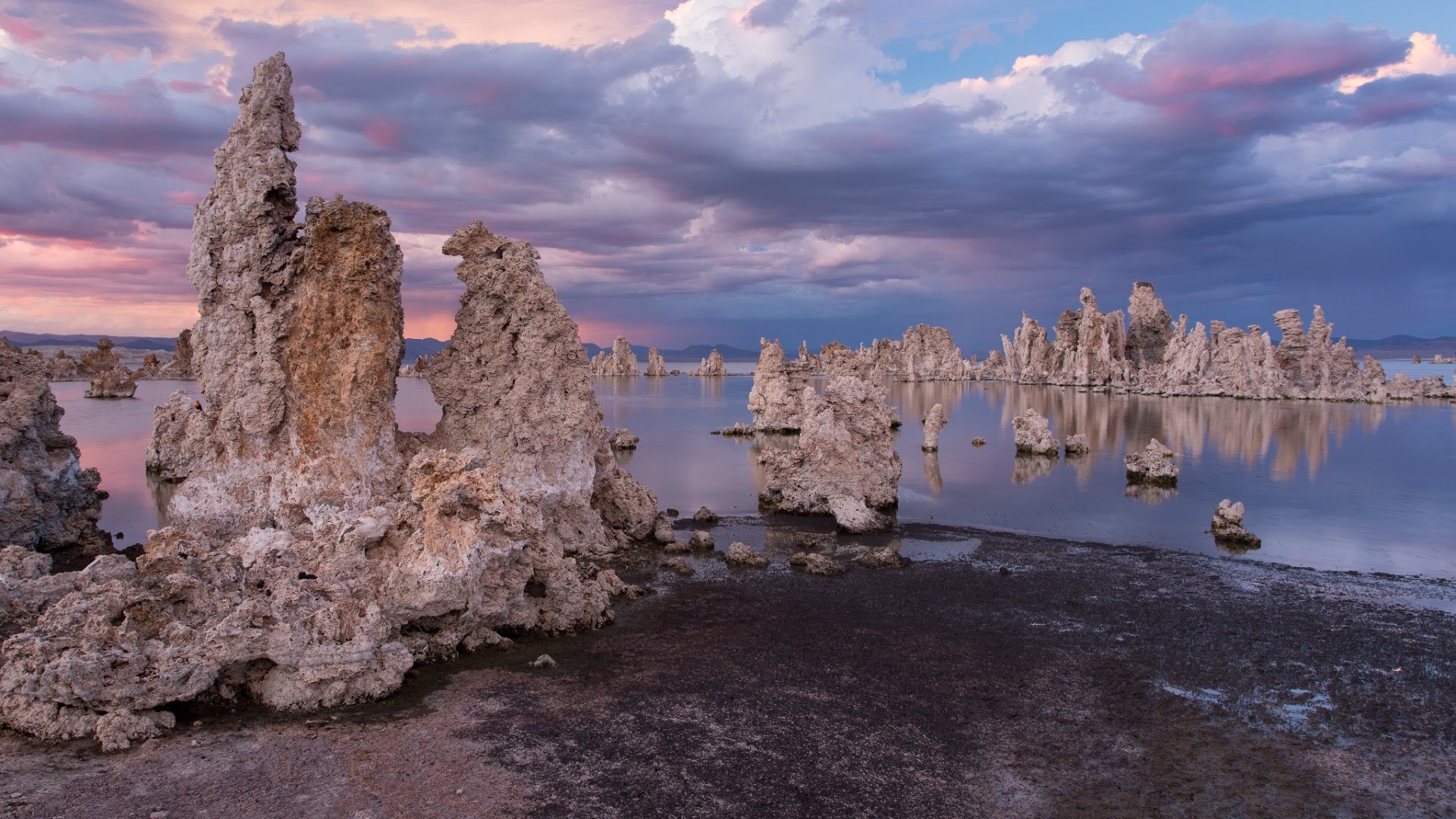
Being the harbor of “different life”, Mono lake also looks as if it belongs to other world.
Before undertaking consideration of non-protein life it is necessary to understand the general properties of live matter. From the point of view of chemistry “life” is an autocatalytic reaction of complex organic molecules. We know, catalyst is a substance accelerating some chemical reactions but not participating in them. For example, synthesis of chlorophyll is accelerated at the presence of iron. The chlorophyll itself represents a catalyst in photosynthesis of hydrocarbons from water and carbon dioxide. If a certain molecule, having appeared in a solution with the necessary reagents, provokes a chain of transformations, which end result is the appearing of one more molecule of the same kind, is autocatalysis.
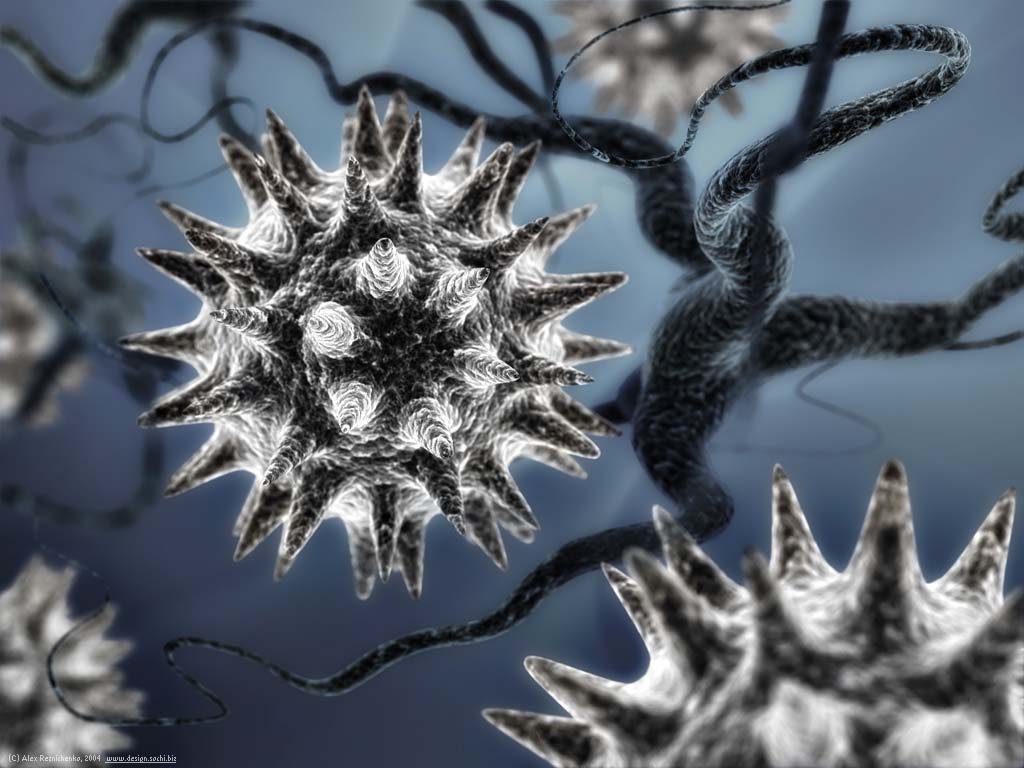
Virus is widely known example of the molecule creature. But
all modern viruses are parasites.
Their DNA or RNA can “self-copy” only inside a living cell.
Organic and inorganic substances, having autocatalytic properties and capable to “breed” in some circumstances, are well-known to the science. But it is possible to consider a certain molecule as true “live” one only at the meeting of one more condition. It should be complex enough to enable the appearing of mistakes at self-copying. In this case the variability appears, and natural selection begins operating. The more effectively is this molecule self-copying, “having learned”, for example, to use by-products or intermediate products of autocatalysis for synthesis of necessary materials, the more copies having the same useful properties it will have. And the reaction will go further “itself”. Where there are competition and selection, there’s also the progress.
Can we regard a separate molecule
capable to self-reproduction as “live creature”, or not – it is an exclusively
philosophical question. But the whole organism – from a cellular membrane
and up to the brain of higher vertebrates – is essentially no more than
the device supporting the optimum conditions for DNA autocatalysis. |
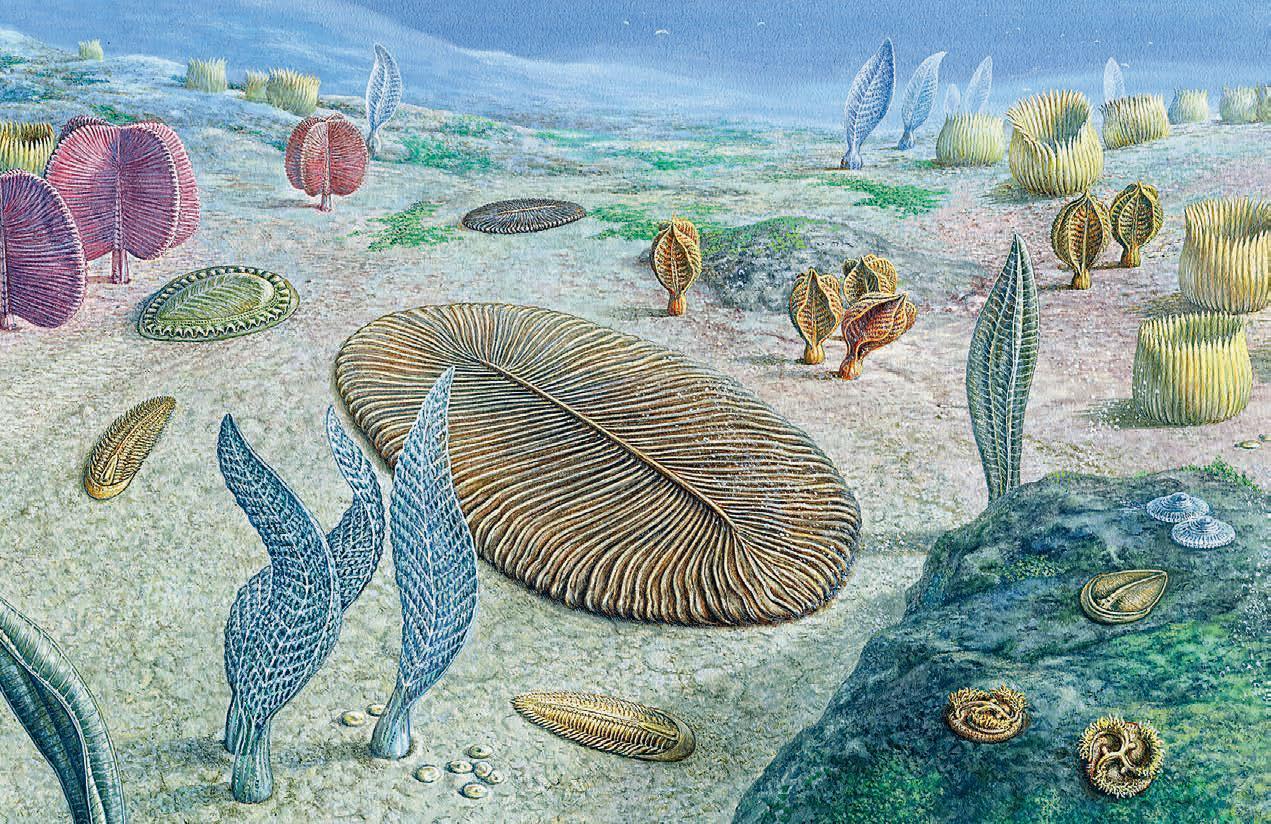
Large – hand-sized – monsters of Precambrian, “Vendian” fauna
could exist only in conditions of
strong current carrying food and oxygen.
|
The mystery of an origin of life on the Earth
remains unrevealed yet, and it will remain in this condition for a long time
in the future. For in this case the science should solve a problem with all
unknowns. The first “live” molecule had started to multiply its copies in conditions
already nonexistent nowadays and hardly possible to be reconstructed. During
four billion years not only our planet had changed beyond recognition, but also
the Sun did not remain in its former condition. Not without reason great value
is given to researches of comet material. Only ice of small astro bodies may
keep information on chemical composition of Earth oceans of Archean and Hadean
eons.
Problems of the origin of protein life are not as interesting, however, as the
basic stages of its development – inevitable, probably, for non-protein life
also. For example, not only “live molecules”, but also the first bacteria did
not produce organic matter by themselves yet, and completely depended on supply
of materials from bowels of the planet. That’s good that oceans, being shallow
and small during that era (the amount of water on the planet was 700 times lesser
than now), consisted approximately of 1% hydrocarbons and could be named rightfully
as “primordial soup”.
Only 3.7 billion years ago, having eaten up this broth, bacteria have started
to develop independent chemical synthesis – anoxic at first, for which in addition
to carbonic acid, hydrogen sulphide or even pure hydrogen, not completely vanished
from Earth atmosphere yet, had been required. Reaction takes place without oxygen
emitting. It began to accumulate only billion years after that, when scarce
hydrogen sulphide at realization of photosynthesis had been replaced with the
most difficult for processing, but also the most accessible raw material – with
water.
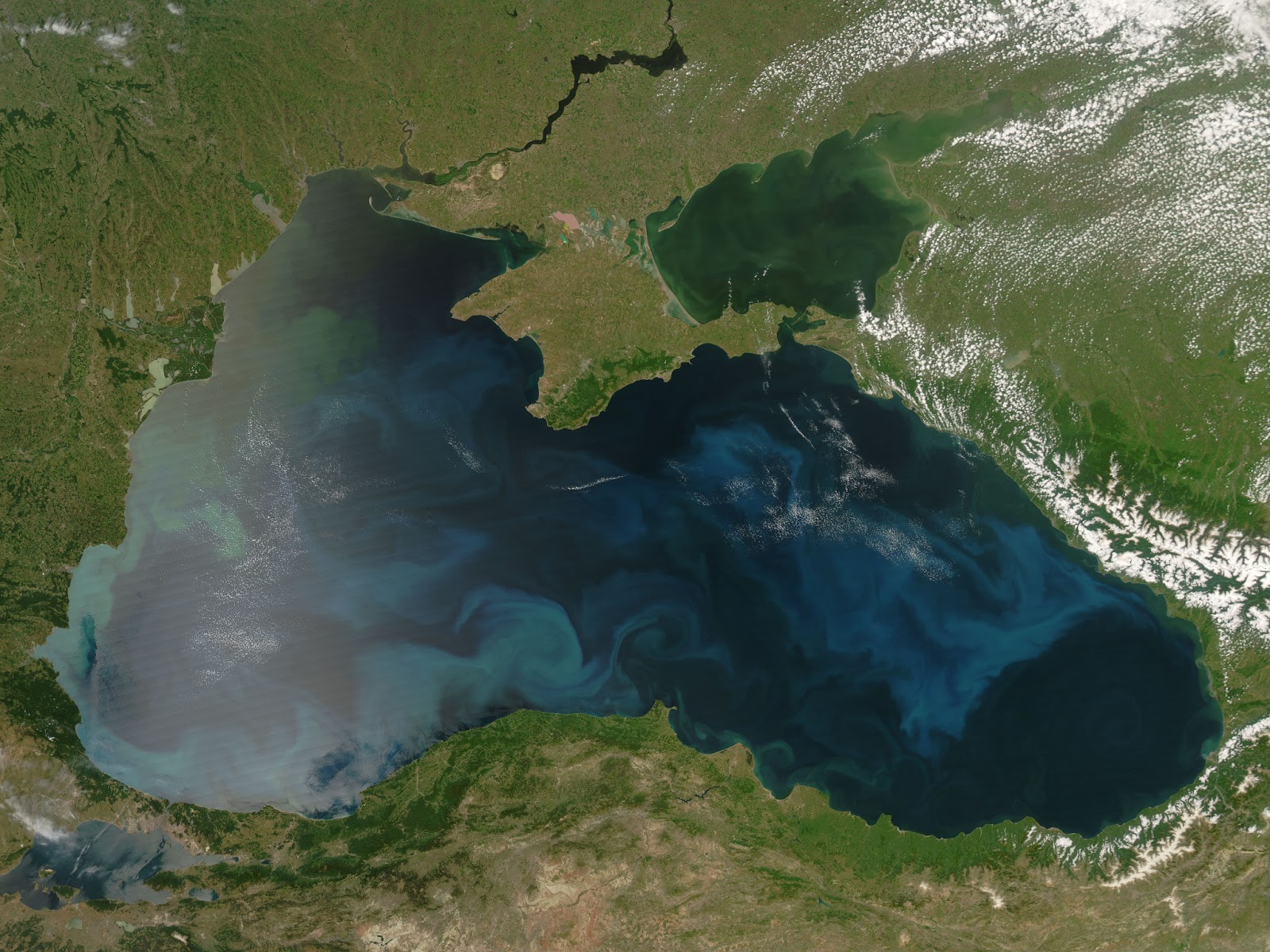
Hydrogen sulphide-consuming bacteria are in fact absent in the
depths of Black Sea poisoned
with this gas. For chemosynthesis oxygen is also necessary.
Silicon dioxide is insoluble, but the tiniest grains of
silicates |
Both sci-fi writers and scientists developed
in details the concept of silicon-based extraterrestrial life. It had got attention
of Russian authors also (“The Lenzheven Contact” by Anatoly Konstantinov, “The
Clay God” by Anatoly Dneprov). It is strange, however, that literary silicon
aliens for the unknown reasons always resemble clay statues or the crystals
come to life, though, from the scientific point of view external distinctions
of silicon-hydrogen and protein creatures may be minimal. Because silicon should
only replace carbon in organic molecules. And silicone forming flesh of “silicoids”
is widely applied nowadays for imitation of some tissues of human body.
The advantage of silicon is its high abundance compared to carbon. Additionally
silanes – polymeric chains of hydrogen and silicon – are more resistant to high
temperature, rather than hydrocarbons. But then difficulties begin. Alas, but
silicon-based life has simply nothing to arise from. As it was noted above,
at the earliest stage autocatalytic molecule should synthesize its copies from
available materials. “Spare parts” for carbon-based life are widespread. Amino
acids are discovered, for example, in nebulae and even in intergalactic space.
And hydrosilicons are too unstable chemically and represent an exclusive rarity
in nature. It is difficult to imagine natural conditions, in which they may
accumulate, having formed a nutrient medium for first “substance creature”.
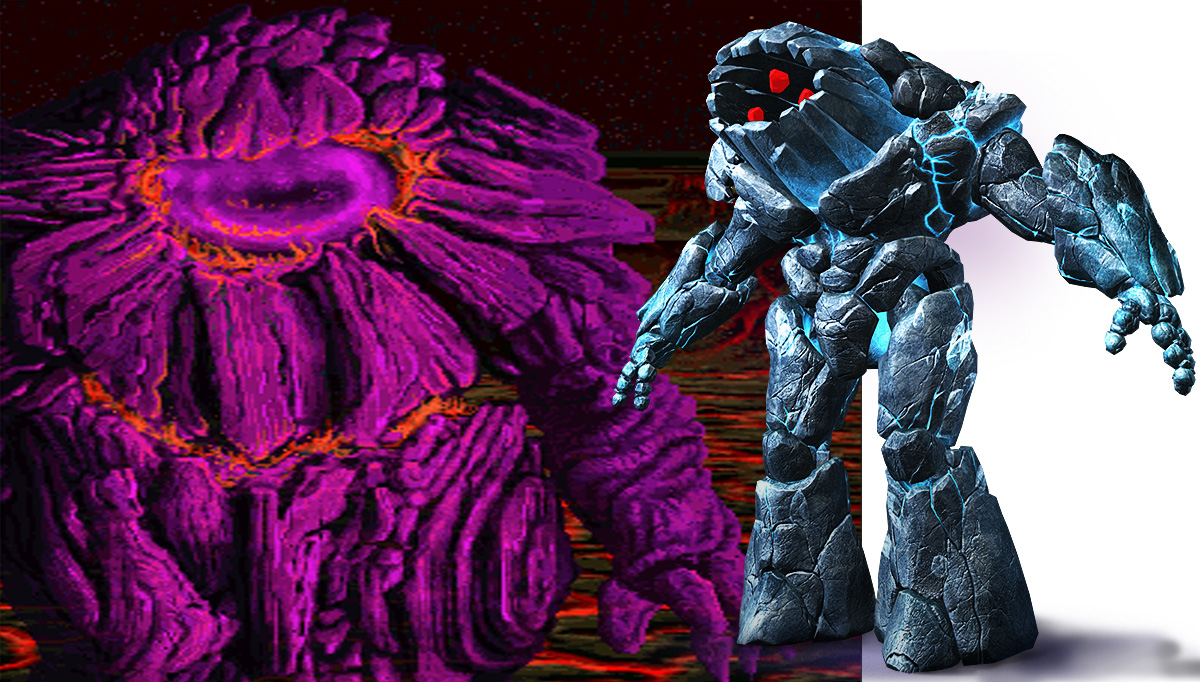
Silicoids in “Master of Orion” game eat stones for an unknown
reason. But in metabolism of silicon-based live
organisms it corresponds to carbon dioxide and should be poisonous for animals.
Having passed to synthesis, silicon-based
bacterium would face new problems. A place of carbon dioxide in its metabolism
would be occupied by silicon dioxide, the substance making a great bulk of the
crust of Earth-like planets, but not volatile and not soluble in water. Resistance
to high temperatures will potentially enable “silicoids” to swim in magma, absorbing
silicon dioxide as a melt. In volcano craters also the second component necessary
for synthesis – hydrogen sulphide – is not a rarity. But lakes of molten stone
represent a very infrequent thing and exist not for long. Magma in planet mantle
is too hot even for silicon “salamander”.
In theory, sizzling hot worlds crossed by lava rivers flowing at the bottom
of black basalt rocks could become the native home for silicoids. But even at
such planets silicon-organic life will not prosper, for hydrogen sulphide is
rare, and the transition to water-based synthesis is impossible. Water would
not get on with magma. There are only hard-to-be-imagined at present conditions
on the surface of silicate core of “hot” giant planets. There the molten stone
may adjoin with hydrogen-rich atmosphere. However, the energy necessary for
breakdown of rather stable silicon dioxide would appear in short supply there.
Light necessary for photosynthesis will not reach a bottom of gas “ocean”. Chemosynthesis
would need a chemically active oxidizer. And the fate of a molecule of such
substance in dense atmosphere of heated hydrogen is too easy to predict.

It is too difficult to reach each other for molecules fixed
in crystal lattice.
It means it is no sense to search for life at the moon lack liquids.
Other variants may be considered.
There is, however, one more restriction
making extremely improbable the discovery of silicon-based life. In any,
even the most exotic models of live creature biochemical reactions can
take place only in liquid medium. Moreover, the substance serving as a
basis of silicone cell should be a good solvent. Water on hot planets
will turn to vapor. An alternative solvent – the sulfuric acid boiling
only at 200 degrees Celsius – is simply not so widespread in space to
form oceans. |
|
Interesting opportunities are opened by the replacement of carbon with a combination of nitrogen and phosphorus. In this case instead of water and carbon dioxide plants would need ammonia and phosphine (compound of phosphorus and hydrogen) for photosynthesis. Phosphorus-nitric-based life would prosper in cold worlds similar to one described in Poul Anderson’s novel “Three Worlds to Conquer” and in Kir Bulychev’s story “Snow Maiden”. It is so, because ammonia freezes only at temperature of -78 degrees Celsius.
|
Once upon a time seas of liquid gases lapped on Triton
– moon of Neptune – |
From the point of view of metabolism “nitroids” appear “inside-out
creatures”. Earth plants synthesize fuel – hydrocarbons, and emit oxidizer
– oxygen – as a waste product. In case of ice synthesis the by-product would
be hydrogen. Inhaling this highly effective fuel, nitrobeasts should take
an oxidizer from vegetative food, returning nitrogen and phosphorus to plants.
Here the problem is actually hidden in phosphine. On contrary to carbonic
acids, hydrogen sulphide, water and ammonia abundant in space, this substance
is rather rare. But in composition of hydrogen-based atmospheres phosphine
is quite usual. Thus, “snow maidens” get the environment for their life occuring
in space for certain even more often than “wet” Earth-like planets. For nitroids
rather easy and cold giant planets partly similar to Uranus and Neptune with
firm core and the seas of liquid ammonia would be suitable.
Like silans, organic substances based on nitrogen and phosphorus are insufficiently
stable. But it’s true only in Earth conditions. Reliability of chemical bonds
rises as temperature falls. So the “nutrient broth” necessary for origin of
nitrogen-based life is quite possible to be accumulated in ammoniac seas.
Then, development of “nitroids” will not face serious obstacles apart from
deficiency of energy. A lot of it is required specifically because the cold
impedes the splitting of phosphine and ammonia to parts necessary for synthesis
of organic chemicals. Availability of energy in the ice world is obviously
insignificant. Otherwise it would not be ice one.
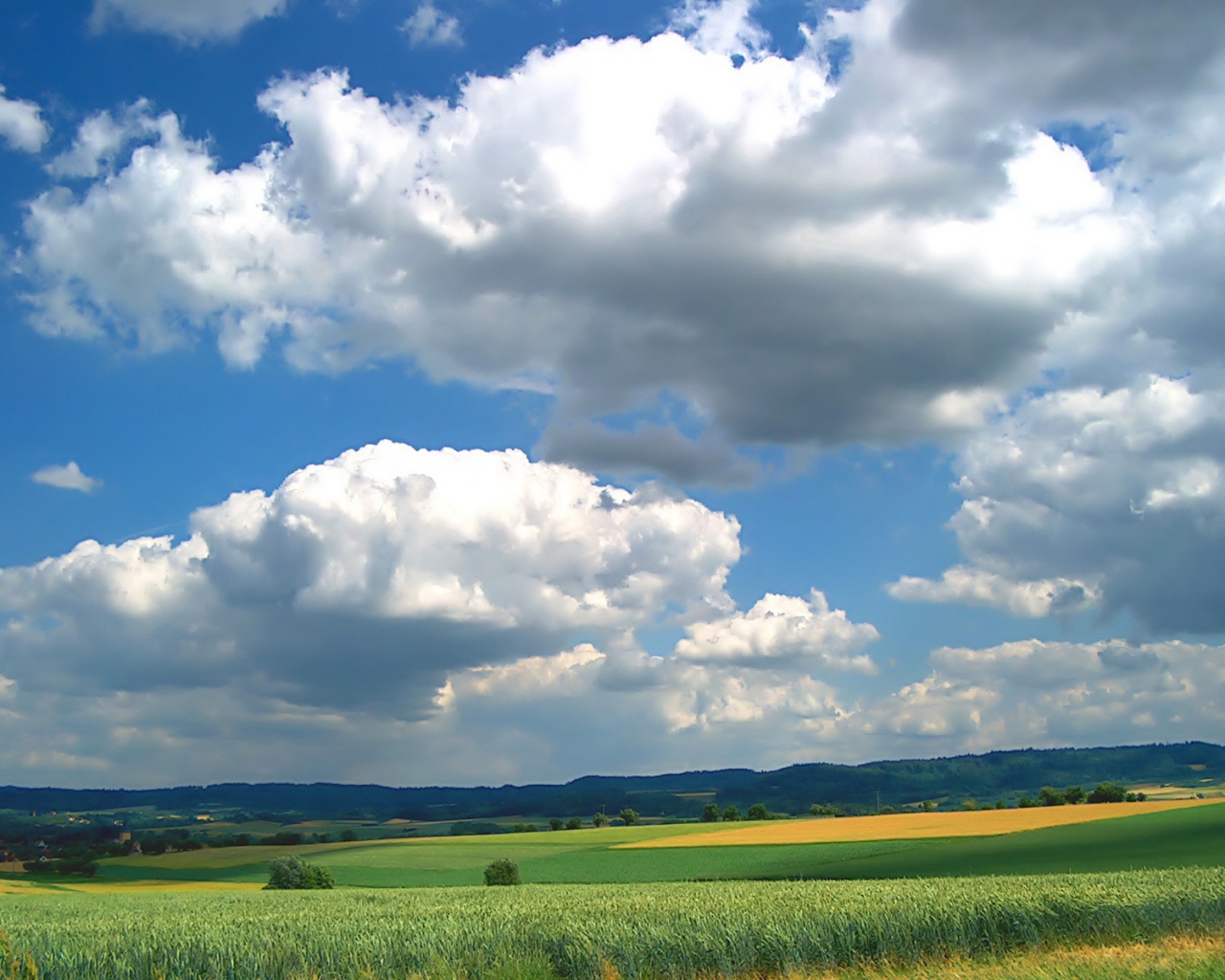
Life of Earth type is impossible without liquid water. But
the drops of moisture are enough for
some microorganisms. In clouds they synthesize protein and breed.
Nitric plants can obtain light for photosynthesis only in top layers of atmosphere. Gas environment seems to be not too suitable for life. But on the Earth bacteria prosper in clouds, being content with drops of moisture. It means the chance to discover nitrogen-based life even in Solar system still exists. For example, in gaseous envelope of the Jove there is nothing microorganisms cannot deal with. The atmosphere includes a layer covered by clouds of water vapor, in which the temperature is about +30 degrees Celsius at pressure of three to seven atmospheres only. As well as on the young Earth, there is enough ammonia, methane, hydrogen sulphide and carbon dioxide there. Phosphine is also present. “Comfortable” zones exist also in clouds of Saturn, Uranus and Neptune.

Alien, which saliva corrodes metal, can be a “sulphur-carbon”
creature.
To tell the truth, in that case people for would be not simply inedible
for it, but also fatally poisonous. .
In reasonings on alternative forms of life
scientists should start from DNA well established itself on our planet. Can
anything complex and autocatalytic exist using the essentially different basis?
It is impossible to exclude such variant. The same for analysis of it.
DNA is made of nucleotides, which structure, in turn, includes carbon, hydrogen,
nitrogen, oxygen and phosphorus. First two elements are the basic ones. There
is nothing to replace hydrogen, and there is no need for it. If carbon is replaced
with silicon, or this chemical element is completely excluded from the composition
of the molecule, as in a case of “snow maidens”, it is not known even, whether
the double spiral keeps its autocatalytic properties. Theoretically, it should
keep, but this hypothesis is yet can’t be checked.
But the nitrogen, oxygen and phosphorus are possible to be treated by all means.
The basic properties of a molecule do not change. But here it is no reason to
talk about true non-protein life anymore, because the hydrocarbon basis is kept.
Nevertheless, the result at such – moderate – approach may be stunning sometimes.
“Alternative” life, which biochemistry is based on replacement of oxygen atoms
with sulfur in conventional carbon-based organic substances, corresponds to
real conditions in the best way. It looks like a trifle, like, but in this case
synthesis becomes possible only at the replacement of water turning into fatal
poison by sulfuric acid! And it means, that conditions suitable for hypothetical
“sulphur-carbon” bacteria may be seen at the planet nearest to our one.
Clouds consist of sulfuric acid at waterless Venus. Additional ground for reflections
is the fact, that during the anoxygenous photosynthesis “sulphur-carbon” bacteria
should emit hydrogen sulphide instead of water vapor. This is an unstable compound,
breaking down quickly by space radiations. But for some reason hydrogen sulphide
is present in Venus atmosphere. Its stocks cannot replenish due to eruptions,
because bowels of the planet lack the massive moon have cooled down fairly,
and volcanism is not present for a long time. Can live creatures produce this
gas?.. Though, of course, hydrogen sulphide in Venus clouds may be also of less
exotic origin.
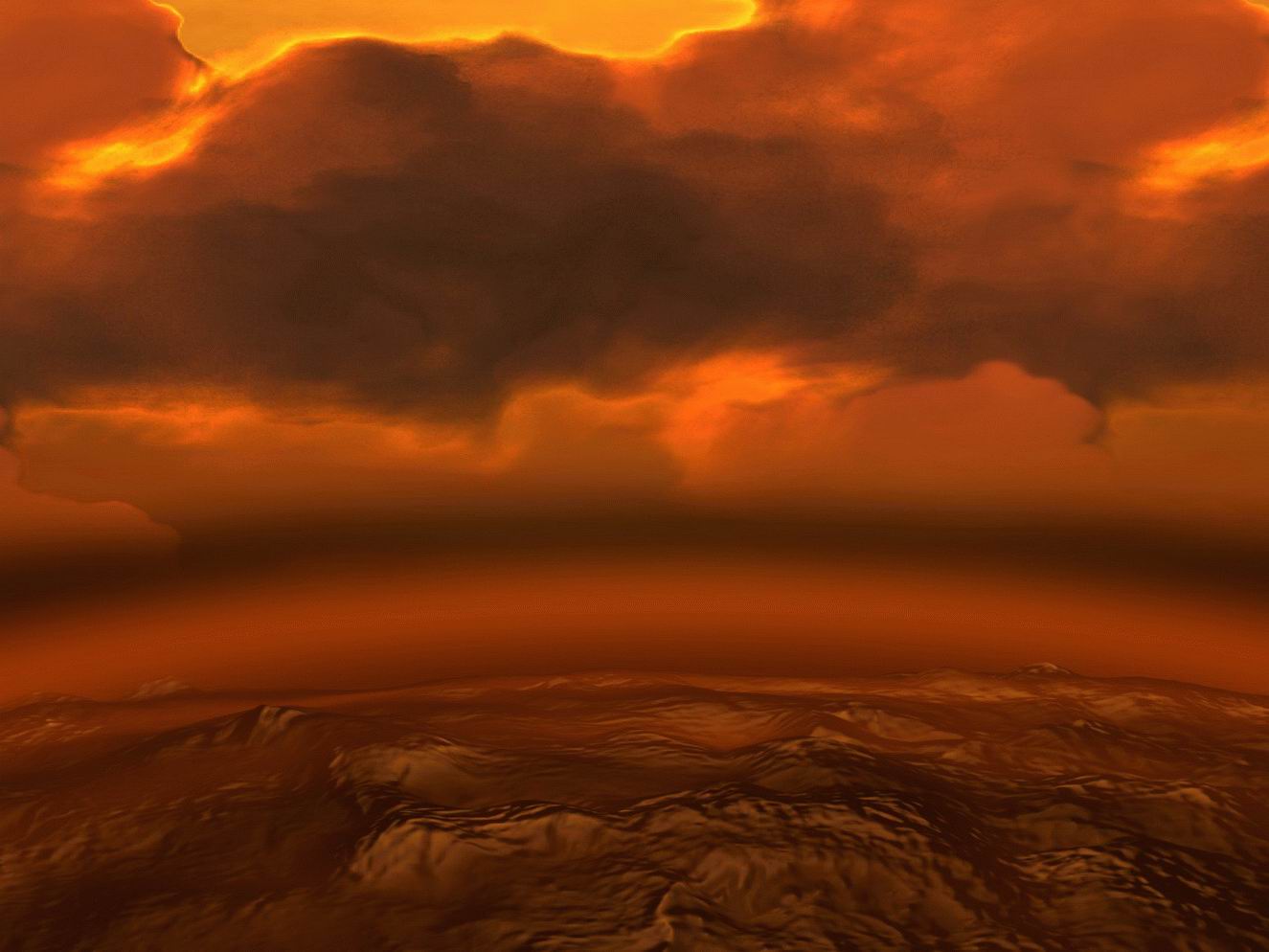
Atmosphere of Venus in one hundred times denser than Earth one;
small bubble filled with hydrogen
or methane will enable a plant to float at the proper height.
How far can the evolution of “alternative”
life progress? Certainly, clouds of Venus are much worse harbor for plants,
rather than land and oceans of the Earth. But in droplets of sulfuric acid bacteria
will find a lovely existence. It is enough amount of light there, because the
Sun is one and a half time closer. And the acid and carbon dioxide, of which
the atmosphere of Venus consists almost completely, serve as raw material for
photosynthesis.
Other problem is that the metabolism based on sulfur makes impossible and unnecessary
photosynthesis followed by oxygen producing. Anaerobic breath (especially if
the concentration of hydrogen sulphide is extremely low) will not provide sufficient
amount of energy for movement. So large and mobile predators will not attack
Earth probes in Venus atmosphere.

The Jove atmosphere is not the best place for photosynthesis.
There is 30 times lesser amount
of solar energy per unit area there. In addition to it light almost doesn’t
penetrate
through top layer of clouds made of ammoniac ice.
The same concerns also the Jove atmosphere
and ethane seas of Titan. It is no need to hurry up to populate brown clouds
of giant planets with flying whales – at least, because both active, and aerostatic
flight are impossible on the Jove. The first one will demand too great energy
consumption, because gravitation is very great. And the second one will be prevented
by Archimedes’ principle prohibiting to something to float in gaseous hydrogen.
The genesis of life itself – that’s one thing. Its development up to higher,
large, self-moving and even thinking forms is absolutely different one.
However, the reality quite often appears more fanciful then products of human
imagination.
Further reading
Poul Anderson “Three Worlds to Conquer”
Kir Bulychev “Snow Maiden”
Arthur Clarke “Out From the Sun”
Michael Crichton “The Andromeda Strain”
Anatoly Dneprov “The Clay God”
Arthur Conan Doyle “When the World Screamed”
Fred Hoyle “The Black Cloud”
Anatoly Konstantinov “The Lenzheven Contact”
Stanislav Lem “Invincible”
Alexei Tolstoy “Aelita”
Herbert George Wells “The War of the Worlds”